The road to Marfa doesn’t look like it’s leading anywhere in particular. It stretches long and quiet, through miles of scrubby desert, wide skies, and the occasional gas station that feels frozen in time. That’s part of what makes this trip memorable. It's not a destination people just end up at — you go to Marfa because you want to, because something about this tiny town in far West Texas has called your name, maybe through an article, a photograph, or a friend's offbeat story. The drive isn’t fast, but it gives you time to shed whatever noise you came with.
Marfa sits in the high desert of the Trans-Pecos region, roughly three hours from El Paso or five from Austin. There’s no quick route. Whichever direction you come from, expect open roads, occasional mountain views, and a surprising sense of stillness. This part of Texas is known for being remote, and that’s not a drawback — it’s the point.
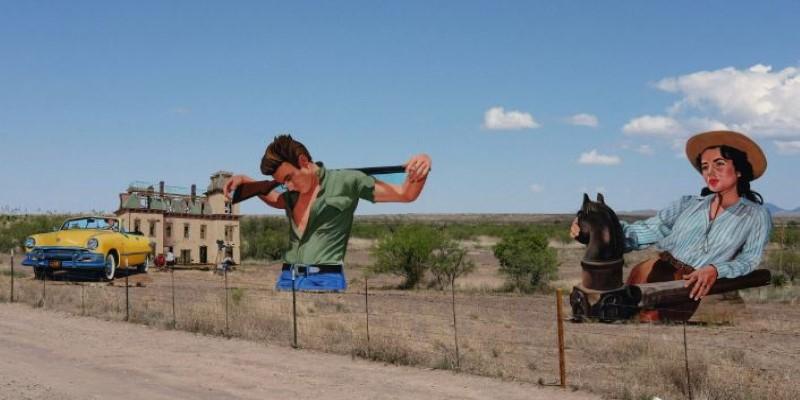
The towns along the way add texture to the drive. Alpine, for instance, is about 30 minutes east of Marfa and worth a short stop. It has a classic small-town feel with a historic courthouse, a slow-moving pace, and friendly faces. Fort Davis lies nearby, too, known for its well-preserved frontier fort and its night sky observatory. These are not detours; they're part of the rhythm of West Texas.
Cell service gets patchy the closer you get. That’s a good thing. You’ll feel the transition — out of push notifications, traffic lights, and constant updates, into something that breathes slower. The landscape shifts subtly but dramatically: flat plains give way to low hills, then back to flat again, all under a sky that seems too big for one state.
At first glance, Marfa looks like any small Texas town. A courthouse sits in the middle of the square, old trucks rattle by, and most buildings are only one or two stories tall. But then you spot a minimalist concrete block that turns out to be a gallery. A roadside sign with no explanation. An art installation inside a former army barracks.
This strange, compelling mix of high-concept art and rural simplicity is what sets Marfa apart. Back in the 1970s, artist Donald Judd moved here to escape the East Coast art world and ended up transforming the town. He bought property, filled it with massive sculptures and installations, and started what became the Chinati Foundation — an art museum unlike any other.
You won’t find velvet ropes or tour guides speaking in hushed tones. Instead, you walk through empty hangars filled with clean lines, long shadows, and polished concrete. The silence is part of the experience. The light moves slowly across the art, just as Judd intended. It feels like something you stumbled across rather than something designed to impress.
Marfa doesn’t rush. Even checking in at a hotel feels less like a transaction and more like a conversation. Many places to stay are small and personal — restored adobe houses, modern desert cabins, or stylish but simple inns. There's a mix of rugged comfort and creative charm that fits the landscape well.

Wandering the town on foot is the best way to take it in. The blocks around the central square hold most of what you'll want to explore: galleries tucked into old storefronts, a bookstore that doubles as a cultural hub, and a courthouse lawn where you might see someone playing guitar. The town's population hovers around 2,000, and you'll probably walk past the same person more than once.
Food here is thoughtful. Not fancy, not loud — just solid meals made by people who care. There's a focus on local ingredients and slow preparation. You’ll find tacos made fresh in small kitchens, breakfast burritos with homemade salsa, and coffee that takes its time. Some meals are served from trailers, others from inside homes turned into restaurants. You might have to wait, but you won’t mind.
One of the best parts of being in Marfa is how easy it is to feel far away from everything — not lost, but deliberately placed somewhere off-grid. The silence is real. So are the stars.
At night, the skies here are some of the darkest in the country. You don’t need a telescope to see the Milky Way stretching overhead. Just step outside and let your eyes adjust. The stars don’t flicker like they do in the city; they shine steady and sharp. A short drive out of town will get you to the Marfa Lights Viewing Area, where strange, unexplained lights have been seen floating over the desert for decades. No one agrees on what they are. Everyone has a theory.
Outside Marfa, the land keeps going. You can head south to Big Bend if you want a longer adventure, or drive west into even quieter terrain. The desert doesn’t talk much, but it listens well. People who come here often say the same thing — they didn’t expect to feel anything particular, but something about the place stayed with them.
Marfa’s surroundings are just as much part of its pull. It’s a town that seems both alone and in good company — surrounded by open land, watched over by mountains in the distance, grounded by dry air and low humidity. There’s an honesty to it that’s hard to explain, but easy to recognize when you feel it.
A road trip to Marfa, Texas, isn't about landmarks or fast-moving plans. It's about slowing down, paying attention, and letting the open desert shift your mindset. The quiet roads, endless skies, and simple moments offer something you don't always find in more crowded places. Marfa doesn't need to shout to leave an impression—it stays with you in subtle ways. Whether it's the silence of a gallery, the taste of a homemade tortilla, or a night sky you won't forget, the experience is grounded, real, and lasting. For those willing to go the distance, the reward is unmistakably personal.
 TOP
TOP
If you still believe that women don’t get heart diseases or that only older people can have heart diseases, you are wrong
 TOP
TOP
How building wealth is possible at any age with practical strategies that focus on consistent habits, smart choices, and long-term thinking
 TOP
TOP
Start making the most of your 401(k) today and secure a stronger financial future. Learn how timing, employer matches, and smart contributions can improve your retirement
 TOP
TOP
How financial aid for college works—from grants and scholarships to loans and work-study programs. Get clear, practical guidance for every funding option
 TOP
TOP
Discover 5 unique horse races that take place around the world, blending speed, thrill, and stunning cultural locations.
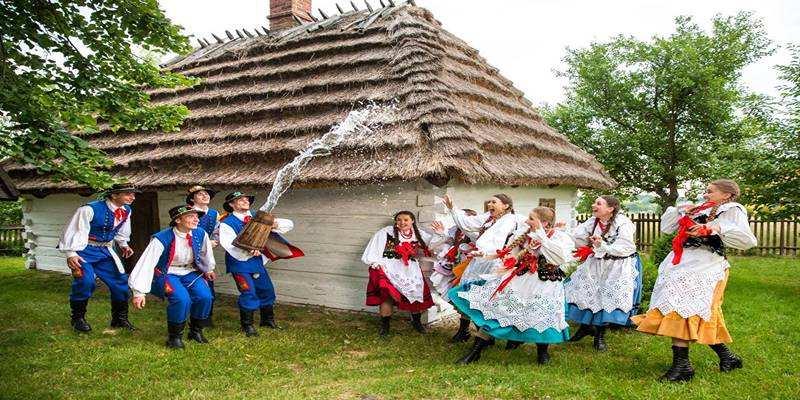 TOP
TOP
Discover how Easter is celebrated across countries, from egg rolling to water fights, offering joy through local traditions.
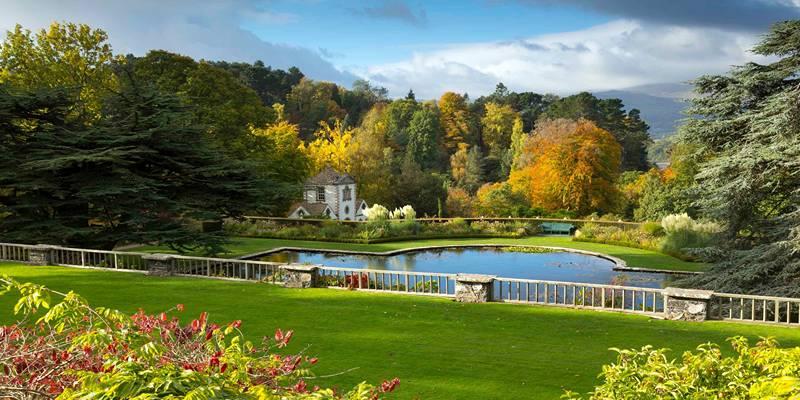 TOP
TOP
Explore North Wales’ most breathtaking gardens, from serene floral paths to hillside greenery with sea views.
 TOP
TOP
Wondering if it’s the right time for a loan? Learn how rates, timing, and your finances impact the decision.
 TOP
TOP
Discover the top reasons to pay credit card bills on time and how it safeguards your credit, money, and peace of mind.
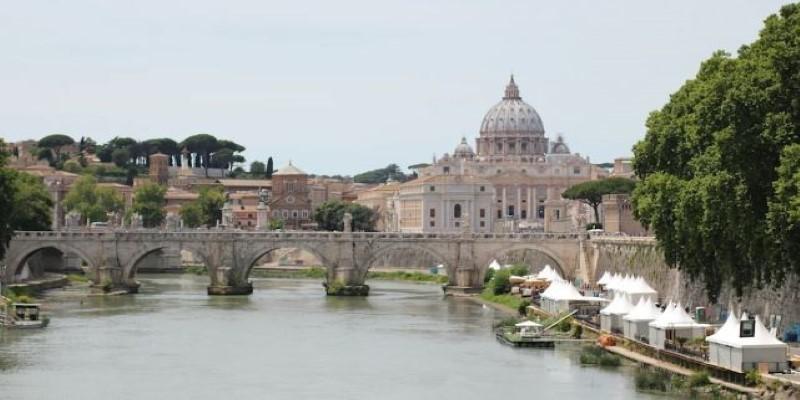 TOP
TOP
Uncover the best experiences in Rome, Italy, with this essential guide. Walk through ancient ruins, explore piazzas, visit historic churches, and get to know the Eternal City at your own pace
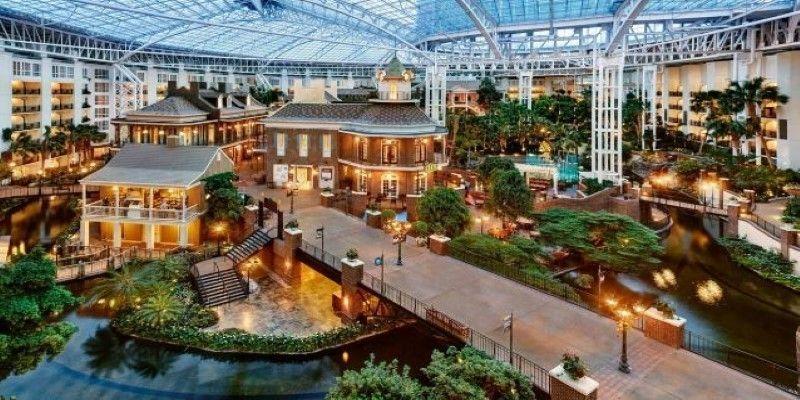 TOP
TOP
Discover the best places to stay in Nashville, from lively downtown hotels to charming neighborhood rentals. Explore top areas suited for music lovers, families, and anyone seeking the perfect Nashville experience
 TOP
TOP
Thinking about a lease buyout? Learn how to evaluate your options, compare costs, and decide whether keeping your vehicle is the right move. Understand the financial side before making your next step